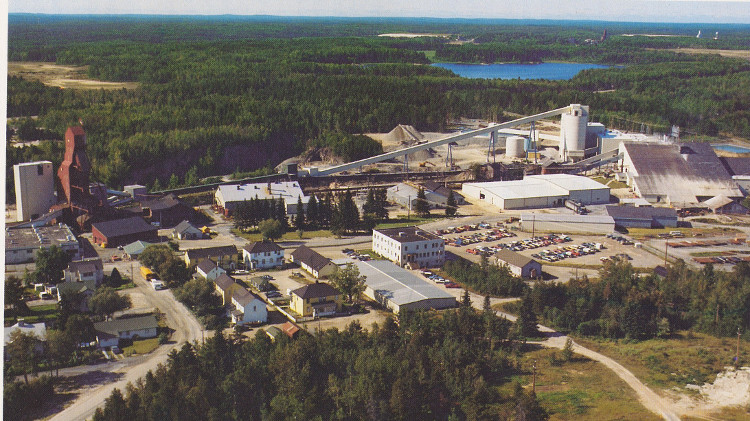CIM recently spotlighted innovation and artificial intelligence (AI) in the mining and resource industry as operators, OEMs and service providers are racing to embrace technology to enhance sustainability and profitability.
At the Maintenance, Engineering and Reliability/Mine Operators (MEMO) conference held in Calgary from Oct. 1 to 3, one of the overarching themes was how to use AI to identify potential operational efficiencies to save time and money. We were treated to presentations of practical examples; where management used monitoring, data collection and analysis to provide information to make meaningful operational impacts with small changes; where seconds saved in cycle and idling times equated to significant savings in costs and increased production potential. The message was clear: having accurate data may lead to actions that otherwise would not have been considered. In other words, operational efficiencies and savings are being left unknowingly on the table every day.
We often think of innovation as bold new technological discoveries or advancements, which take years to develop, require significant capital investment and have the potential for change management and adoption issues.
Animated discussion with my colleagues on the widespread potential and impact of these small operational changes led to CIM President-Elect John Rhind coining the term “micro innovations” for those small changes that can make a big impact. Micro innovations, if identified, may save companies tens to hundreds of millions of dollars in operating, sustaining and capital investment, depending on the scale of the operation. We were truly surprised and delighted to contemplate how much micro innovations matter. Because they’re doable now…ish.
The potential of micro innovation is dependent on having accurate data to make informed decisions. The data collection area is where we may be able to demystify the broad concept of AI and narrow it down to the analysis of large sets of accurate and timely data to allow for real time small operational changes to improve reliability and efficiency. Investing the time and energy to collect data that is relevant to your operation has the potential to focus management’s considerable experience on the aspects of the business that could be harnessed for operational improvements, which may translate into savings, increased production, or both.
I have been harping on the benefits of industry collaboration, and I believe micro innovation is an application of knowledge sharing that can truly move the needle. If a mining operation has invested the time and money in data collection and demonstrated the benefits of micro innovation, other operations would benefit from this knowledge, such as we saw at MEMO. My call to action is for each of you who has implemented a micro innovation at your operation to submit an abstract for CIM Connect 2026 in Vancouver in May. We’d appreciate hearing how your innovation positively impacted your organization with the aim of inspiring others across the industry, highlighting what is possible using the resources we already have more effectively.
The mining and resource industry will be called upon in the foreseeable future to produce more with fewer resources, while reducing costs, as we prepare for the increase in demand related to decarbonization. I was inspired to learn that progress towards that goal is possible with small, meaningful micro innovations. There is a place at the table for big and bold innovation, but the table can be set with the everyday dishes while we wait to bring out the wedding china for those special occasions.




